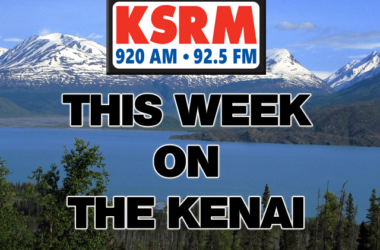JUNEAU, Alaska (AP) — The Alaska Department of Transportation and Public Facilities is enforcing a law preventing signs from being posted along state roads, including many campaign signs.
The department said impounding signs that have been posted is not politically motivated, but rather an attempt to follow the statute against allowing signs in any area designated a right of way, KTOO Public Media reported Tuesday.
Right of way refers to land along state roads controlled by the transportation department, although often owned by someone else. Right of way is reserved for public uses including sidewalks, power lines, drainage ditches and stop signs.
State law allows signs to be posted on private property, but bans most signs within 660 feet (201 meters) of a state right of way. The transportation department was previously obligated to give a written notice of 30 days to owners before removing signs.
An Anchorage Superior Court judge ordered the department in 2018 to stop enforcing certain parts of the law over free speech concerns. The revision also gave the department the power to remove signs without notice.
“Before 2018, most of the campaigns were pretty sharp in that they would put the big signs up 30 days before the election,” said Michael Schuler, a regional transportation department manager.
The state is “completely equal opportunity” and remains nonpolitical in its sign removal decisions, Schuler said.
“If there are signs that say, you know, ‘Welcome home grandma from the hospital, you survived stage 4 cancer,’ and it’s on a mailbox? It’s coming off, ’cause that’s the law,” Schuler said.
Schuler shared photos of recently impounded signs for the campaigns of Republicans, Democrats and independents in local, state and national races.
The state could lose federal funding for failing to enforce the sign law, Schuler said.
Transportation officials understand members of the public can be confused about the location of right-of-way areas and where signs are allowed because “it’s not always so straightforward,” Schuler said.
“There are very few places that we can just say, ‘Yeah, we’ve got 50 feet (15 meters), you know, each side of centerline, all the way to the end of the road,’” Schuler said.






